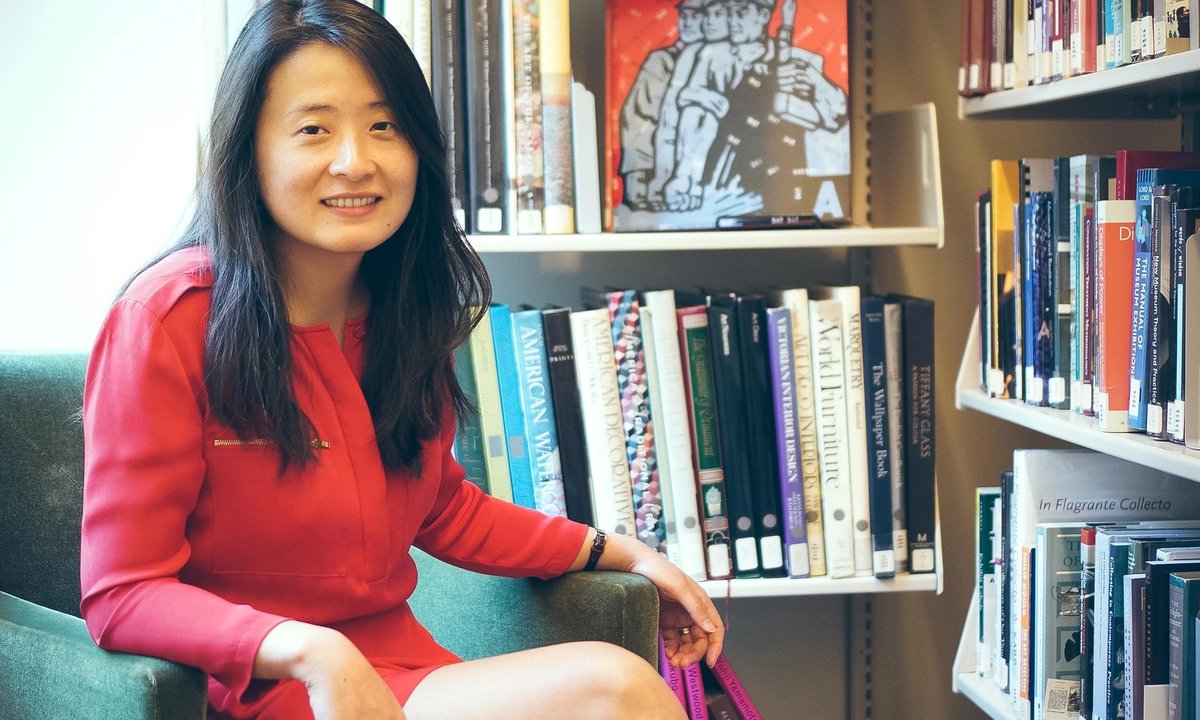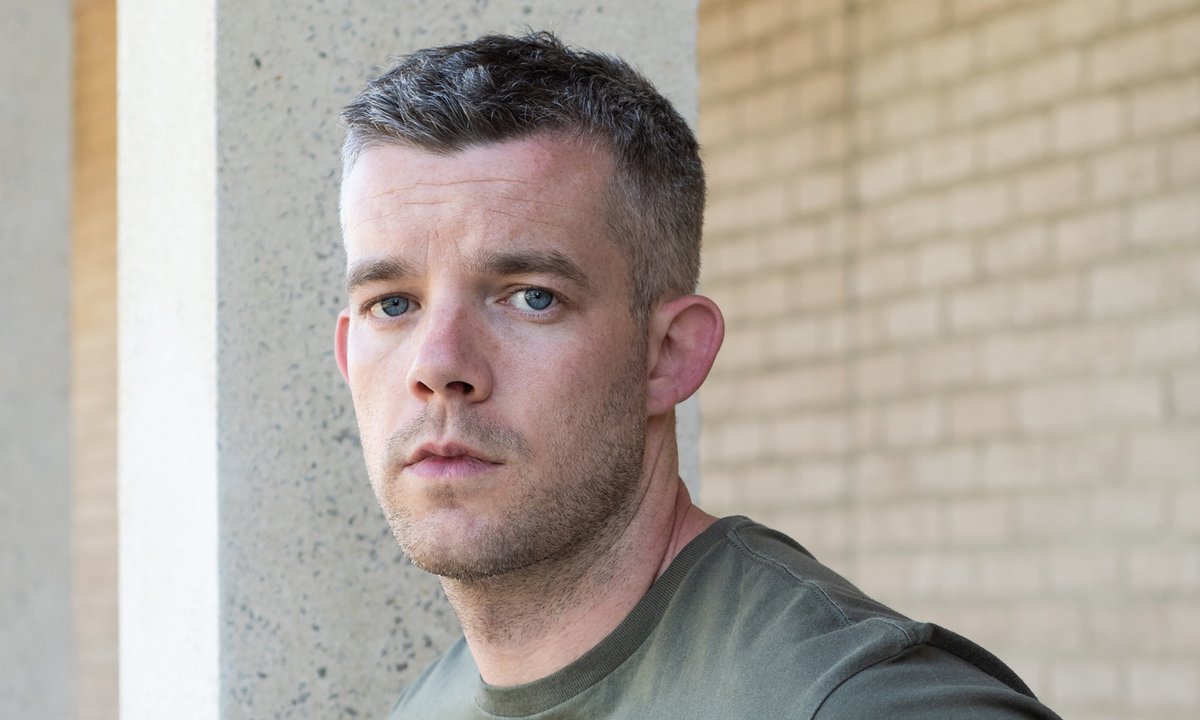Dark clouds of the future
2014 - Film & Video (Film & Video)
3 min 01
Prabhakar Pachpute
“Dark Clouds Of The Future” is a cinematographic video animation of the abandoned gold mine in Brazil, Serra Pelada (“Naked Mountain”). Thought to be one of the largest mines in the world, made famous by the photographs Alfredo Jaar and later by Sebastião Salgado, the hand-dug mine is now a mercury-polluted lake. During his research trip to Brazil, Pachpute met many former gold diggers who used to work at Serra Pelada, inciting his interest in the concept of the witness. The motif of the eye in “Dark Clouds Of The Future” is reference to witnessing and participating in the environmental destruction brought about by industrialization. The perpetual movement and transformation in Pachpute’s landscape suggests the continuous erasure of the natural environment, provoking fears and questions for the future articulated in the ominous clouds casting shadows across the mountain. The repetitiveness of the medium, the strokes of coal and pencil on paper, brought to life, as a cinemagraph is a sophisticated examination of the irreversible consequences for nature and man. “Dark Clouds Of The Future” puts into question the autonomy of the individual in the face of a global community whose actions devastate the natural environment.
Prabhakar Pachpute calls attention to issues concerning land politics, industry, and labor through a multimedia practice that includes drawing, painting, sculpture, animation, and murals. Best known for his site-specific charcoal wall drawings, Pachpute’s work references his own experiences growing up in a multi-generational coal mining and farming family. Employing surrealist motifs, the artist’s works are politically rooted depictions of characters that have experienced the seizure or ‘donation’ of their land for economic gain. Considering issues of exploitation through economic, social, and environmental lenses, the artist’s work critically reflects on evolving histories of familial attachment and physical ownership of agricultural and industrial resources.
Colors:
Related works sharing similar palette

© » ARTS EQUATOR
Orang Phebien: Telling the story of the Baweanese | ArtsEquator Thinking and Talking about Arts and Culture in Southeast Asia Articles Illustration: Hadi Osni August 5, 2020 Lesser known narratives involving migration in Singapore are in the spotlight with The Arts House’ latest edition of LumiNation ...

© » KADIST
Felipe Arturo
2012Primero estaba el mar ( First Was the Sea , 2012) is a system of equivalences between syllables and silhouettes of waveforms cast in cement...

© » KADIST
Sandra Monterroso
2023Presented as part of a recent group of works titled The Paradox of Healing, Rhombus for Healing No...

© » ARTS EQUATOR
Weekly Picks: Malaysia (16 – 22 July 2018) | ArtsEquator Thinking and Talking about Arts and Culture in Southeast Asia Malaysia July 16, 2018 Hua (華) Settler Imaginary in Borneo , at Malaysia Design Archive, 19 July 8pm Academic Dr Zhou Hau Liew presents ‘ Preliminary Thoughts on the Hua Settler Imaginary in Borneo: Cultural Mapping, Revolutionary Communism, and the Ideas of Chineseness ’...

© » KADIST
Gan Chin Lee
2019In Studies of Chinese New Villages II Gan Chin Lee’s realism appears in the format of a fieldwork notebook; capturing present-day surroundings while unpacking their historical memory...

© » KADIST
Titus Kaphar
2016Although the objects depicted in Titus Kaphar’s diptych 2016/1963 might not be immediately recognizable, the work’s title and the inscriptions ‘Alabama 1963’ and ‘North Dakota 2016’ reveal their use as tools of brutal force...

© » KADIST
Otobong Nkanga
2015Tsumeb Fragments was produced for the exhibition at Kadist, “Comot Your Eyes Make I Borrow You Mine” in 2015...

© » ARTNEWS RETROSPECTIVE
A Jacob Lawrence Expert on a Profile of Him from ARTnews’s Archives – ARTnews.com Skip to main content By Alex Greenberger Plus Icon Alex Greenberger Senior Editor, ARTnews View All January 24, 2020 1:35pm George Chinsee Jacob Lawrence (1917–2000) was one of the deftest documentarians of African-American life in the United States, and over the next few years, people across the country will get a chance to see one of his greatest series of paintings, “Struggle: From the History of the American People” (1954–56), united in full for the first time...

© » KADIST
Félix González-Torres
1992Behind the simplicity and beauty of this untitled photograph of a brilliantly-colored flowerbed by Félix González-Torres are two remarkable stories of love, loss, and resilience...

© » THE JEALOUS CURATOR
Soooo, when Malcom Gladwell’s podcast network reaches out to you and says, “Hey Danielle, would you like to share part of an interview we did with Marina Abramović with your listeners”, you say, “ummm, OKAY!” I’ve put a little mini episode together, featuring a 20 minute excerpt from their show, “Talk Easy with Sam Fragoso”...

© » KADIST
Tirdad Hashemi
2022The Blue Poisoning series , reveals the outcome of artist Tirdad Hashemi’s weary and depressed days in the winter of 2022, following their second migration from Paris to Berlin...

© » KADIST
Simon Starling
2007Invited in 2007 to the Museum Folkwang in Essen (Germany), Simon Starling questioned its history: known for its collections and particularly for its early engagement in favor of modern art (including the acquisition and exhibition of works by Cézanne, Gauguin, Van Gogh, Matisse), then destroyed during the Second World War, the museum was pillaged for its masterpieces of ‘degenerate art’ by the nazis...

© » KADIST
Sheroanawe Hakihiiwe
2019Perawesi / Estómago de animal / Stomach of animal by Sheroanawe Hakihiiwe exemplify his most abstract work, where he choses particular elements of a living organism to create his renditions...







